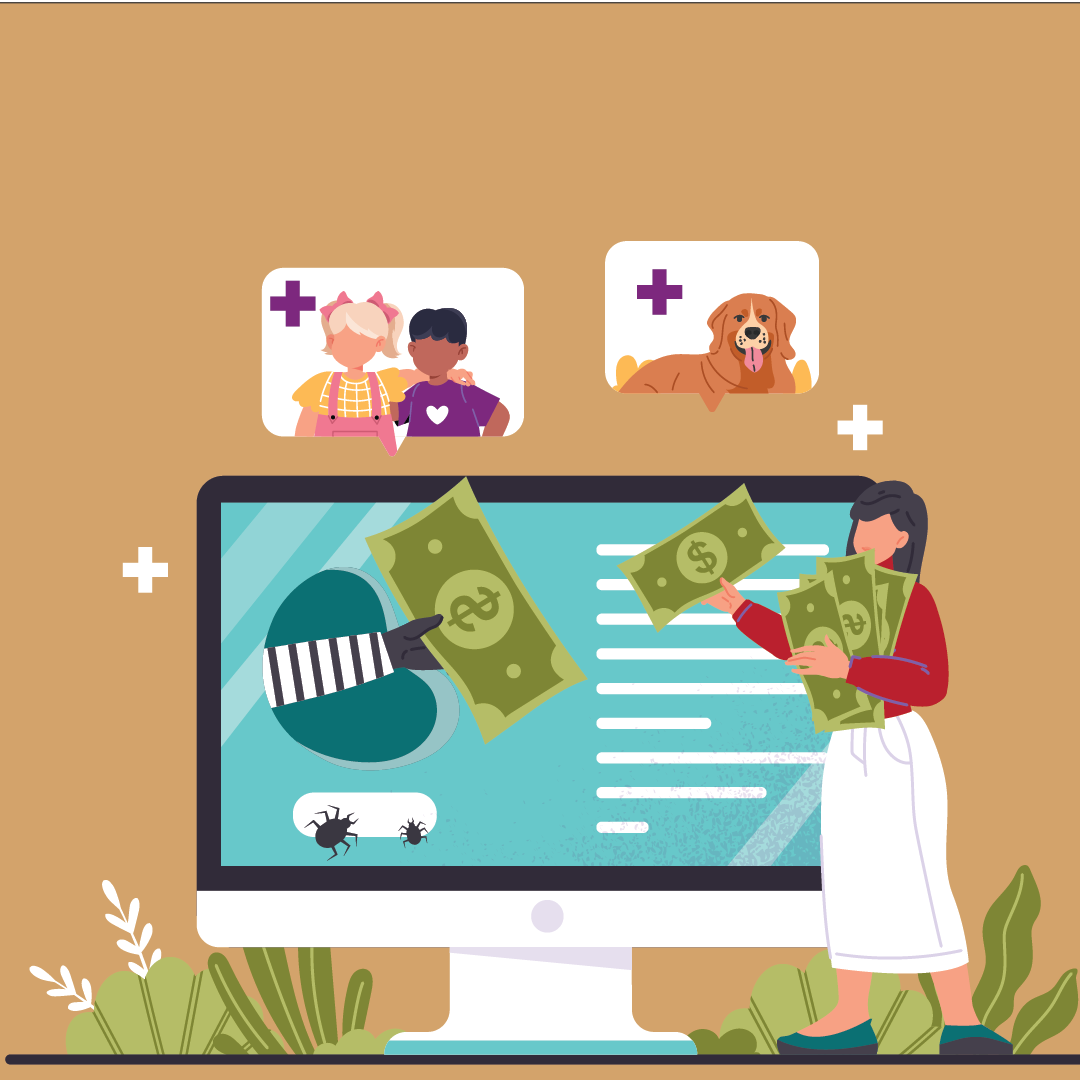Welcome to the Sandia Area Financial Fraud & Security Center! Scams and fraud are everywhere, and the first line of defense is you. Sandia Area also provides a wealth of tools to keep you safe. Together, we can help reduce your likelihood of becoming a victim. Educate, act, and avoid!
Should you fall victim to a scam, we'll be there with you to help you recover. You aren't alone.
Introducing the Fraudcast! The true-crime podcast for your wallet.
In each episode, we sit down with industry experts to dig into real scam stories from the field. From romance scams to counterfeit cash, they’ve seen it all—and they’re here to raise awareness and give you the tools you need to stay safe.
In this episode, we sit down with Chief Risk Officer Rachel Lund to romance scams, tips you need to stay safe, and so much more.

